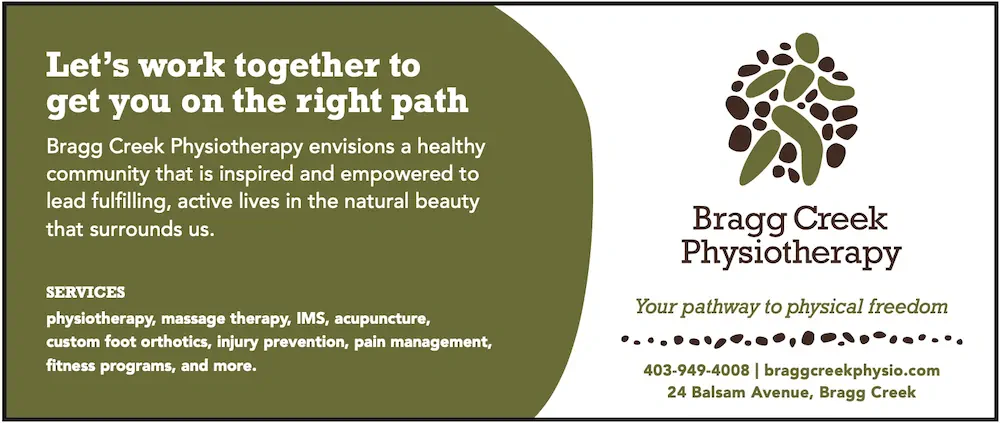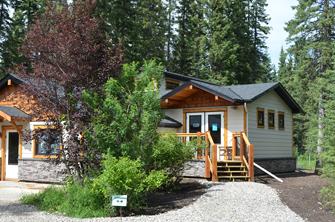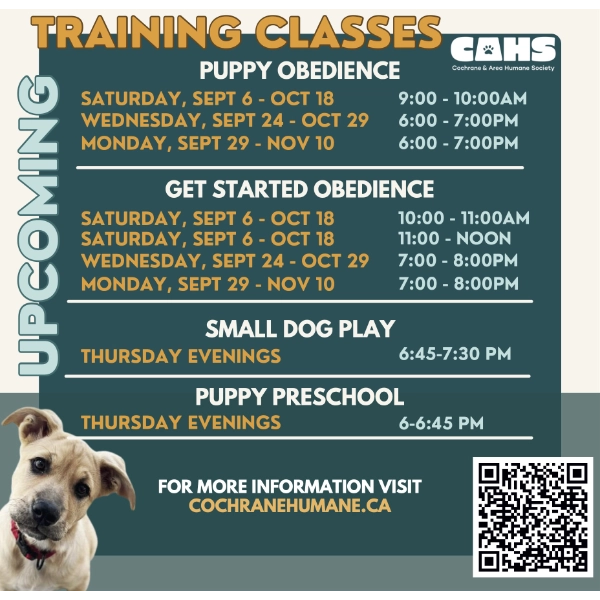STAYING ACTIVE AS WE AGE
As we get older it gets even more important to focus on strength, conditioning and mobility. Our bodies undergo a variety of changes that can impact our overall health and physical capabilities. Muscle mass decreases, collagen production slows down and our tissues become less elastic. This combination makes us more prone to stiffness, weakness and injury. However, we can stay active through strength training, conditioning and mobility exercises to help counteract these effects and allow us to maintain our independence and quality of life into our later years.
One of the most significant changes that occur with aging is the loss of muscle mass. Studies suggest that after the age of 30, we lose roughly 3-5% of our muscle mass per decade if we do not engage in regular strength training. This loss leads to a decrease in strength, balance, and endurance, making everyday tasks such as lifting groceries or climbing stairs more challenging.
Strength training—such as weightlifting, resistance band exercises, and bodyweight movements—helps preserve and even rebuild muscle mass. By consistently engaging in resistance exercises, older adults can improve their muscle tone, enhance metabolism, and reduce the risk of falls and fractures.
Cardiovascular conditioning is equally important in aging populations. As we age, our heart and lungs can lose efficiency, making activities like walking, running, or even climbing stairs more difficult. Regular aerobic exercise, such as brisk walking, swimming, and cycling helps improve heart health, lung capacity, and circulation. It also supports weight management, reduces the risk of chronic diseases such as diabetes and hypertension, and boosts mental well-being.
Aging also affects the flexibility of our muscles, joints, and connective tissues due to the gradual loss of collagen and elasticity in our body. This results in stiffness, reduced range of motion, and an increased risk of injury. Maintaining mobility through stretching, yoga, Pilates, and dynamic movement exercises can help keep joints limber and functioning optimally. Incorporating flexibility exercises into a fitness routine can reduce stiffness, improve posture, and promote better balance, which is essential for fall prevention.
The key to incorporating all these aspects of fitness is consistency. I often have patients ask me, “Do I need to keep doing these exercises forever?”. The answer is YES! We do need to keep doing a combination of strength, conditioning and flexibility FOREVER if you want to keep feeling good mentally and physically. It’s important to have a variety of movements in your arsenal so you target different muscle groups and have a well-rounded fitness routine, but truly, we cannot stop if our goal is enhanced longevity and overall well-being! It’s important to start gradually, listen to your body, and seek professional guidance if necessary to ensure exercises are performed safely and effectively.
Aging is inevitable, but losing strength, endurance, and mobility doesn’t have to be. By prioritizing regular exercise that includes strength training, cardiovascular conditioning, and mobility work, we can preserve muscle mass, improve heart health, and maintain flexibility, allowing us to stay active and independent for years to come.
Jennifer Gordon
(BSc.PT, GunnIMS, AFCI)
Physiotherapist – Bragg Creek Physiotherapy
www.braggcreekphysio.com



























